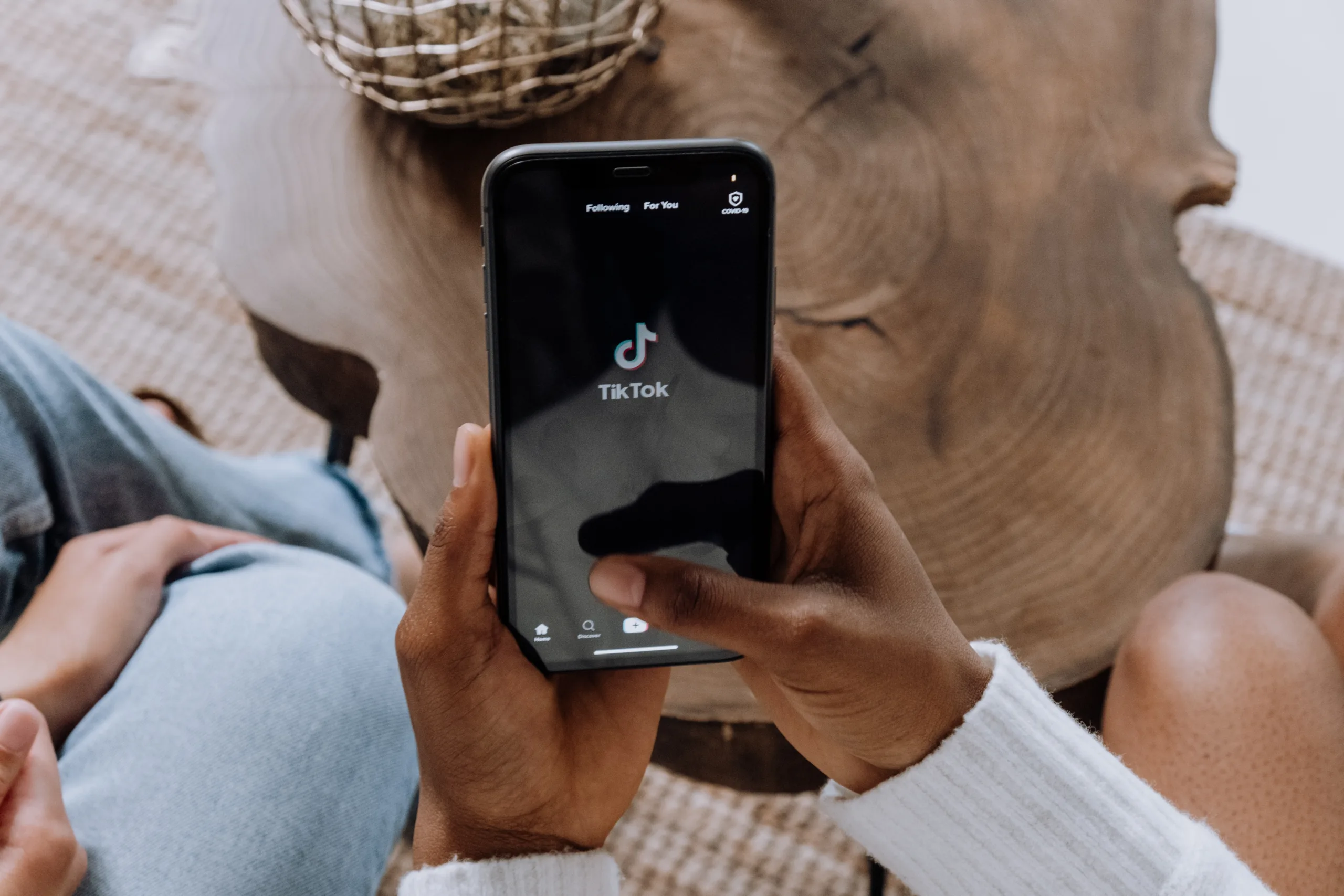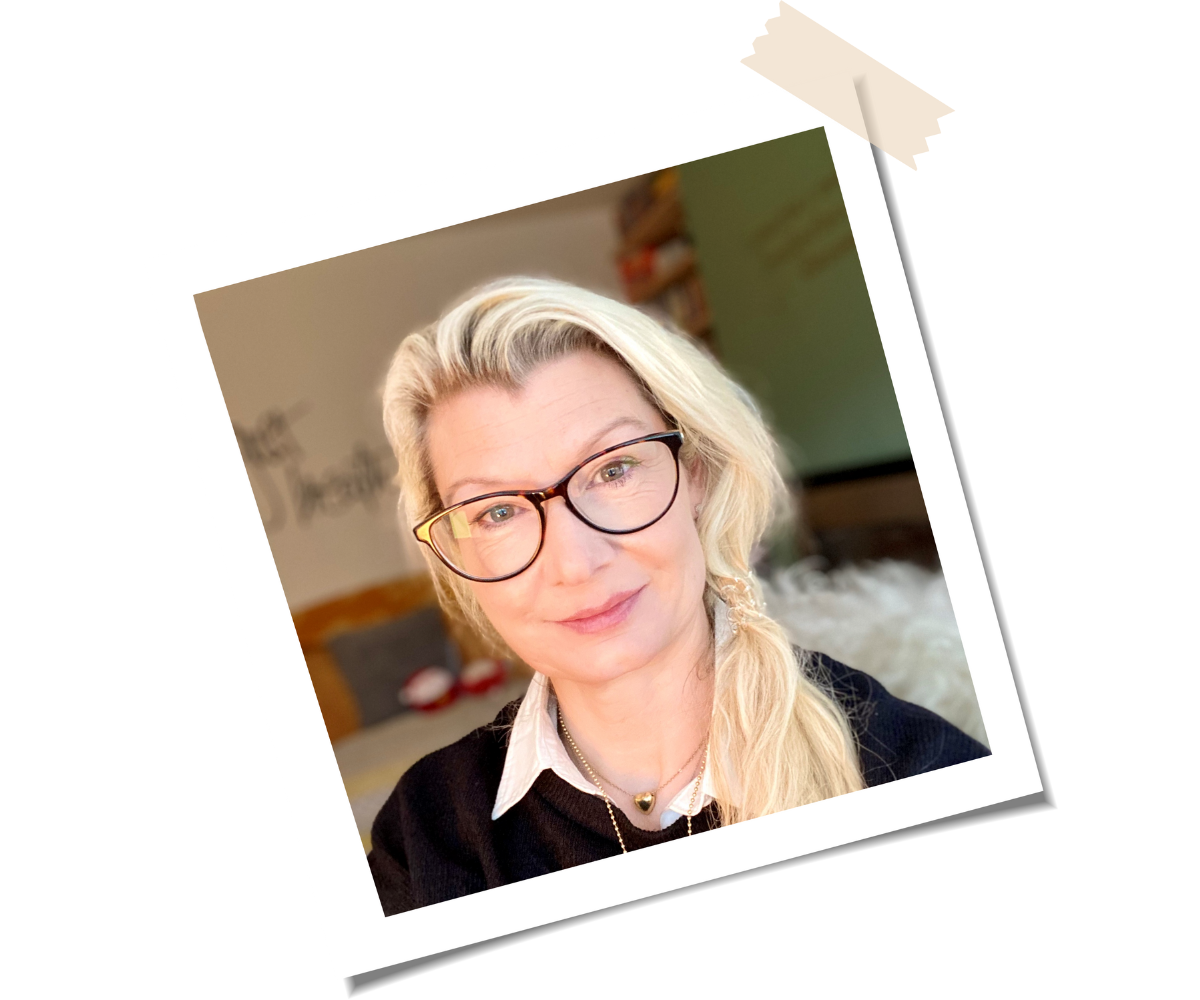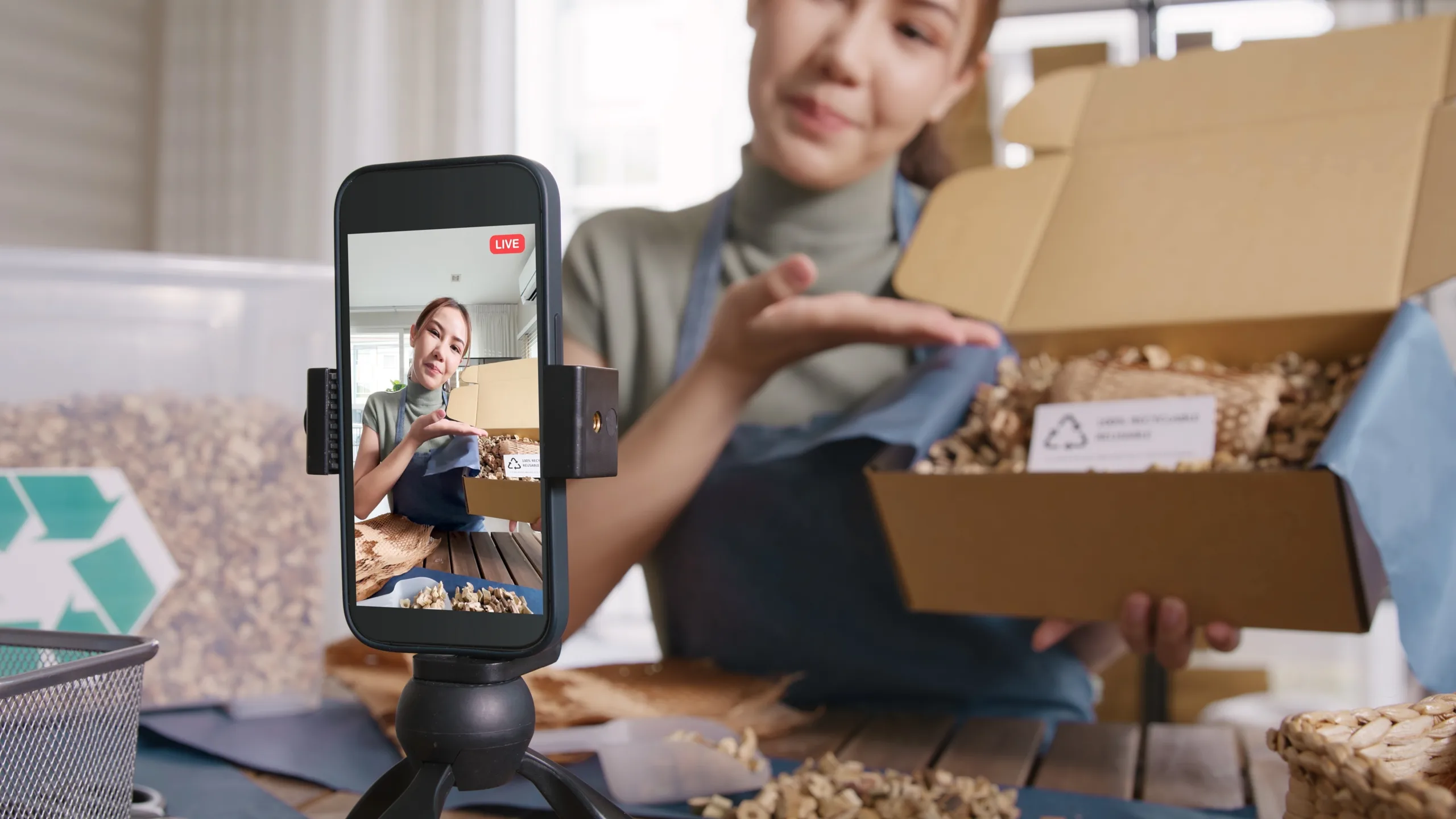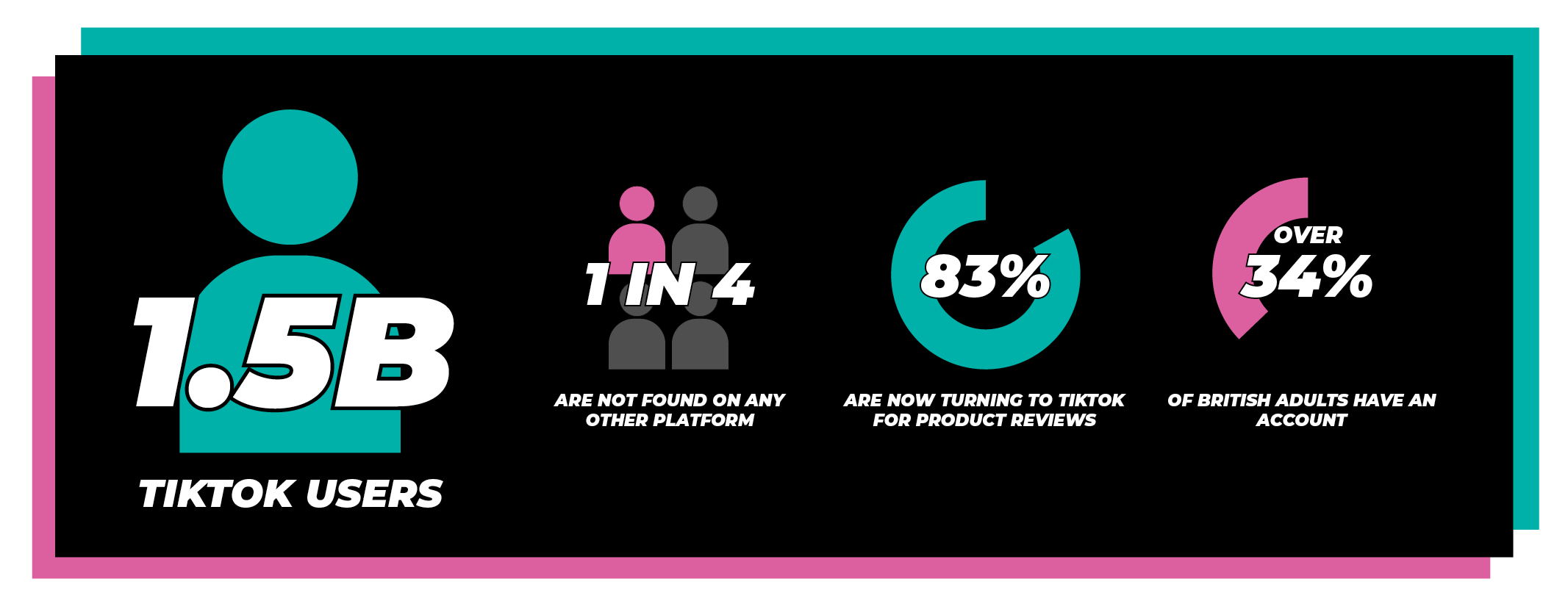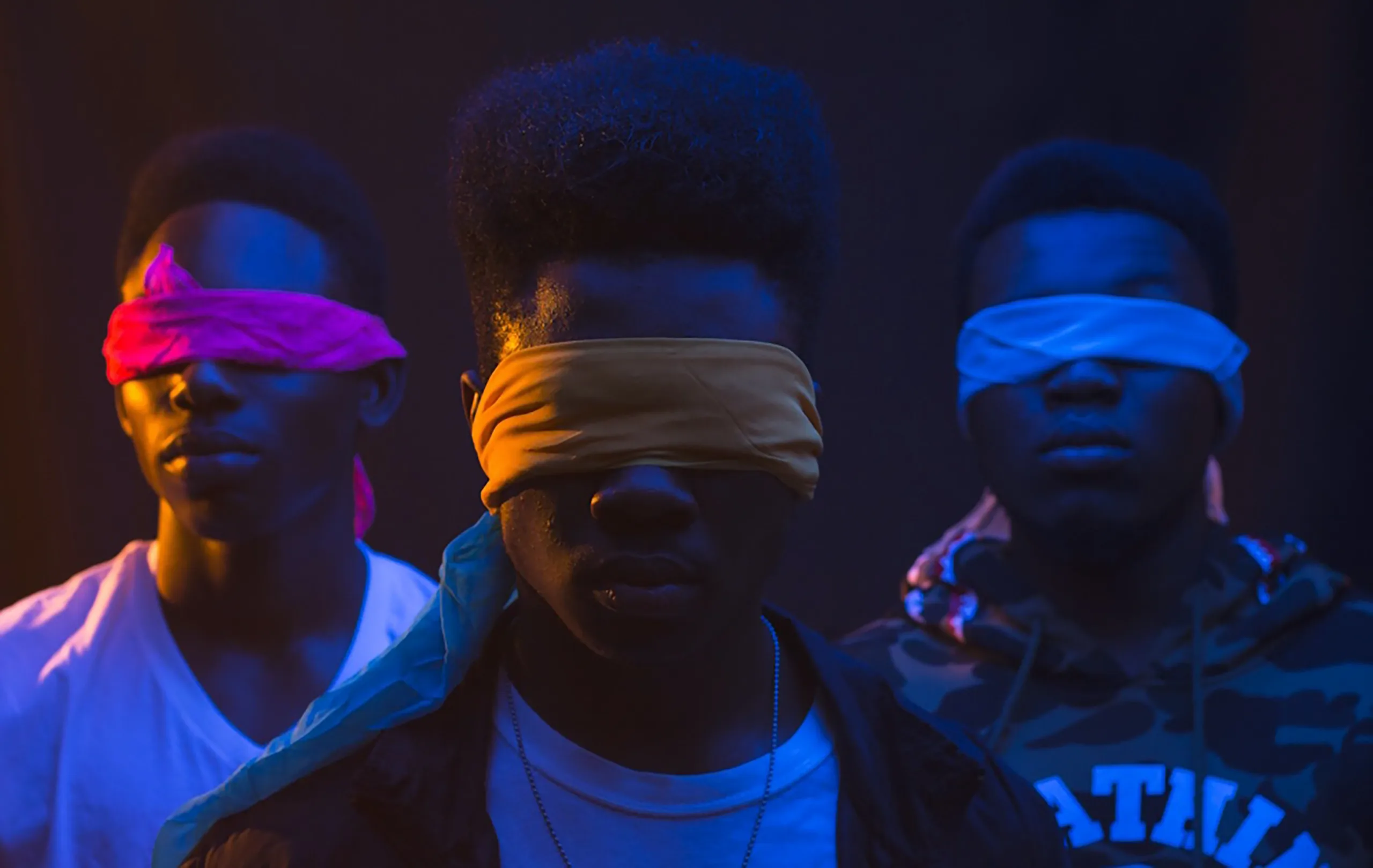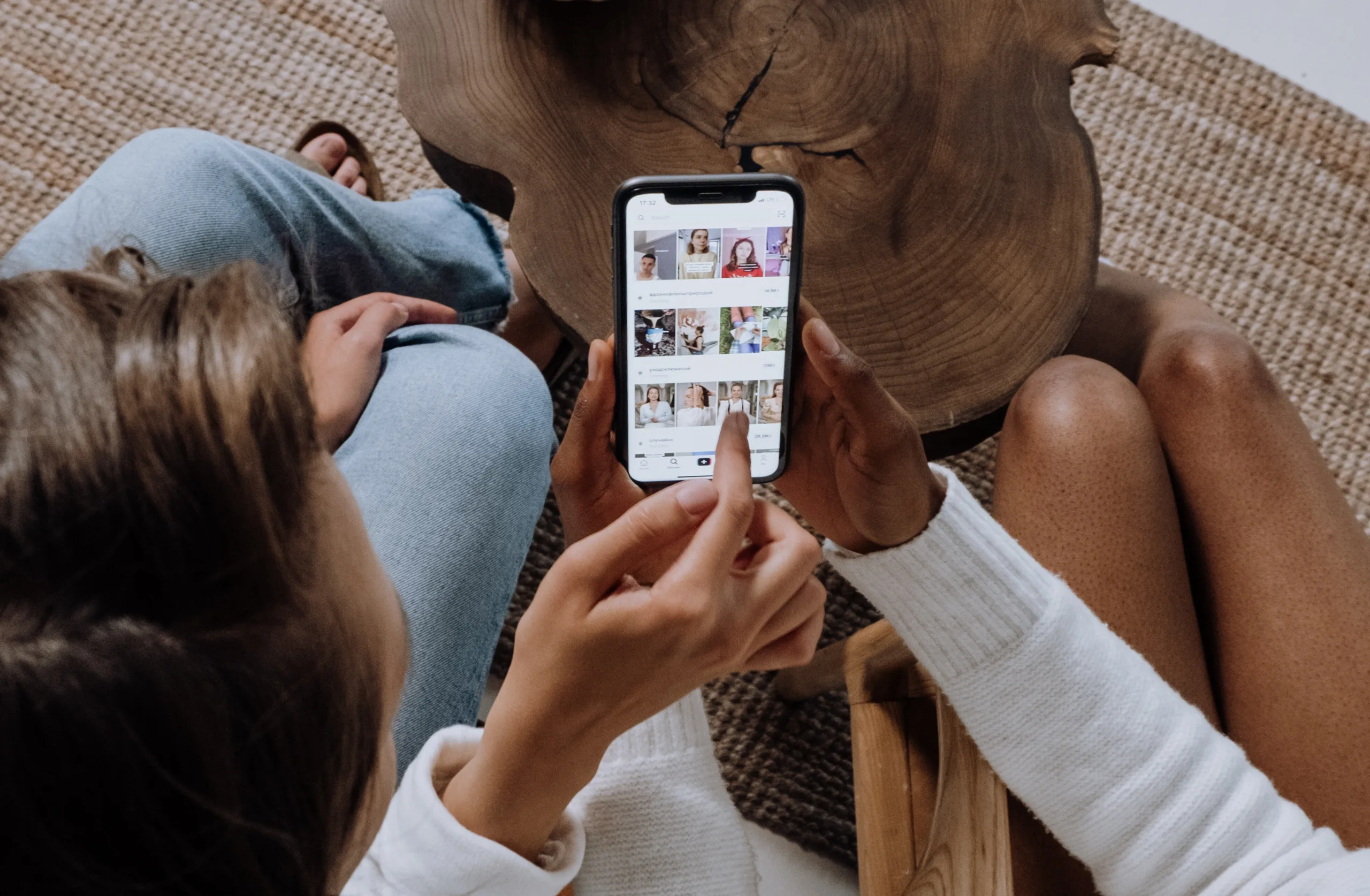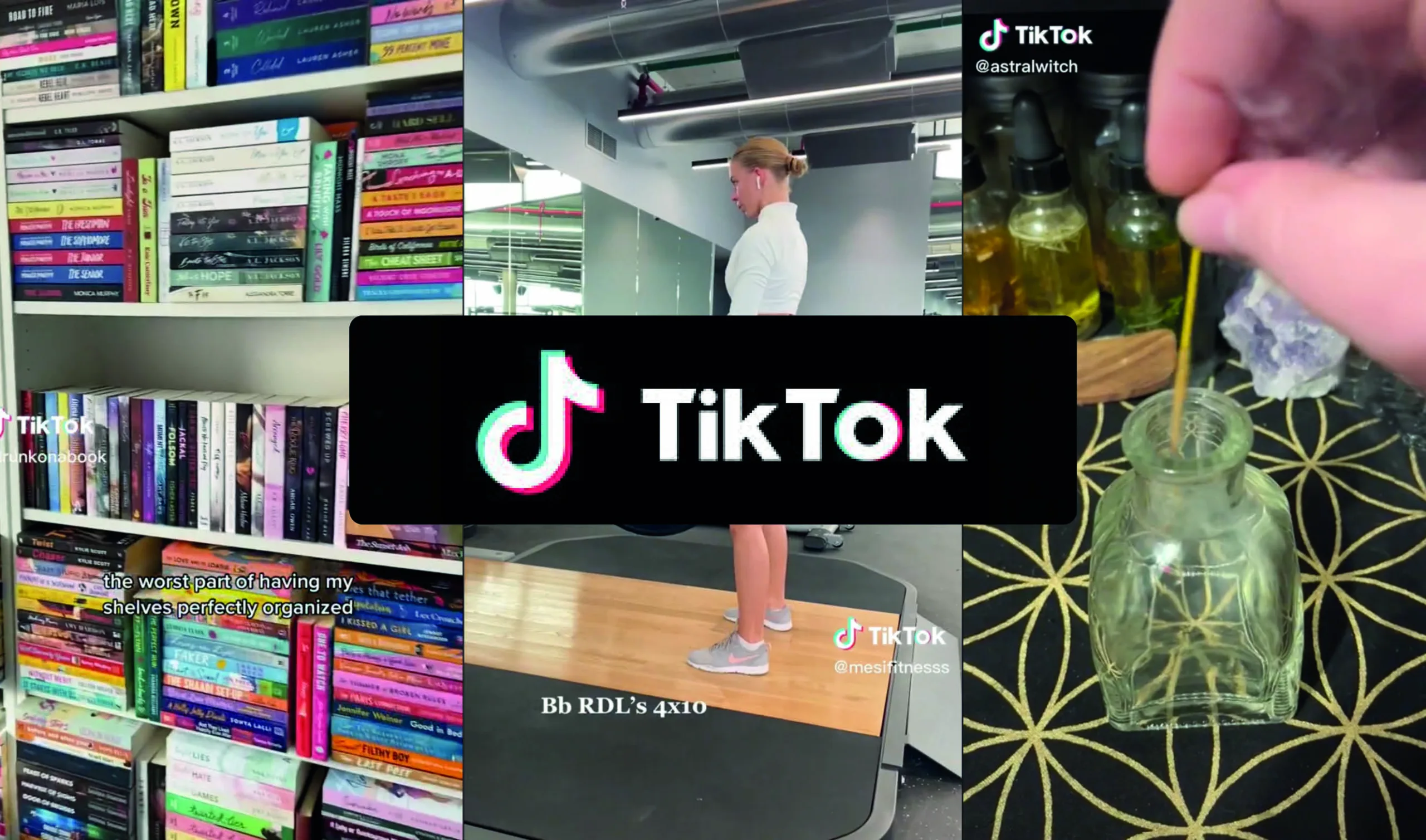TikTok Made Me Buy It…A world of shoppertunities
In this 3-part series, we’ll be taking a deep dive into the creator-led world of TikTok. We’ve identified four themes that TikTok have adopted in its social media platform – hacks, dupes, cultural trends and fan groups. We’ve called them: shoppertunities.
TikTok has taken the world by storm with 1.5b users and we wanted to shed light on how FMCG brands can tap into the various sub-communities and drive engagement and purchase.
Our opinions are based on our own experiences as TikTok users, creators, marketers and shopaholics! And as we don’t want our observations to lead to bias, we’ve included findings from the chitter chatter of social users themselves, via our partnership with Relative Insight.
Relative Insight is a text analytics company that helps to analyse and visualise text data found through online conversations in forums and on social media. This unique voice of consumer research, when coupled with our Consumer Brands expertise, delivers actionable insights on how brands can benefit from TikTok.

